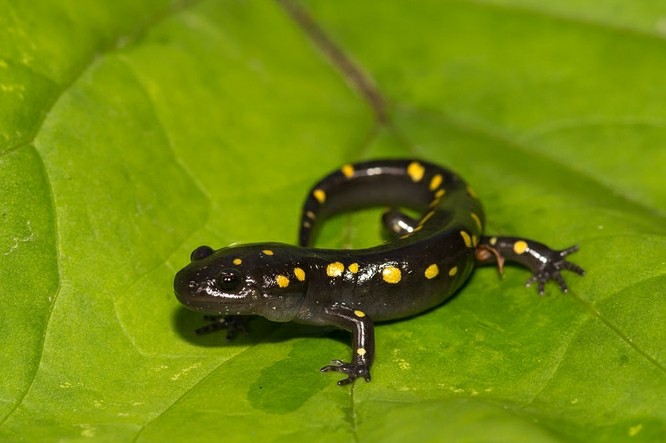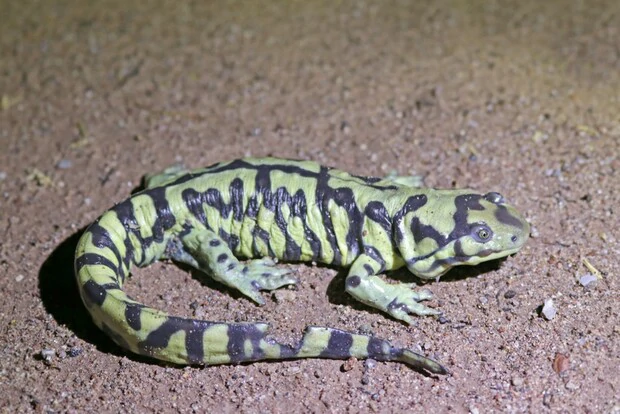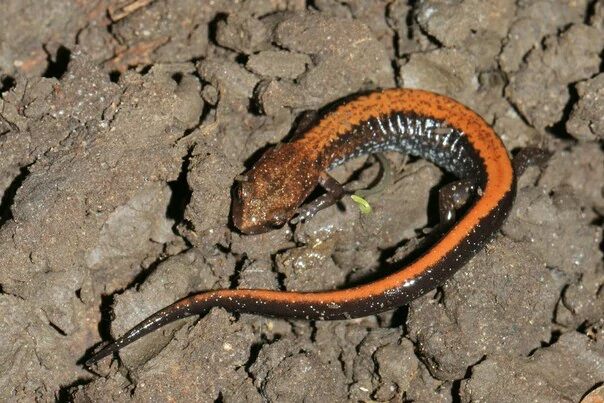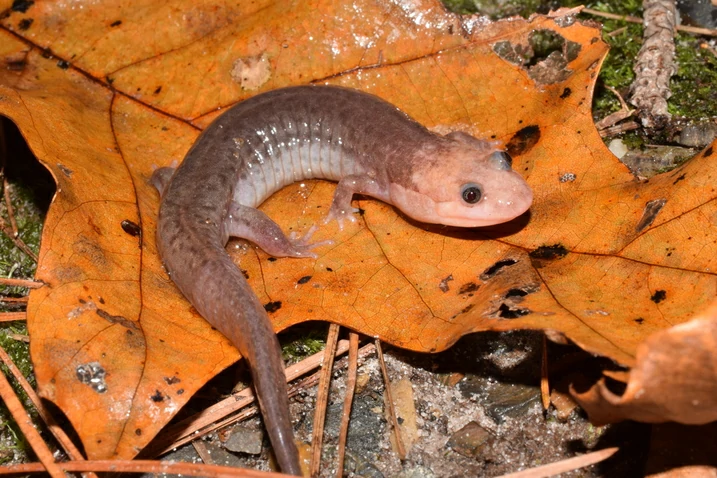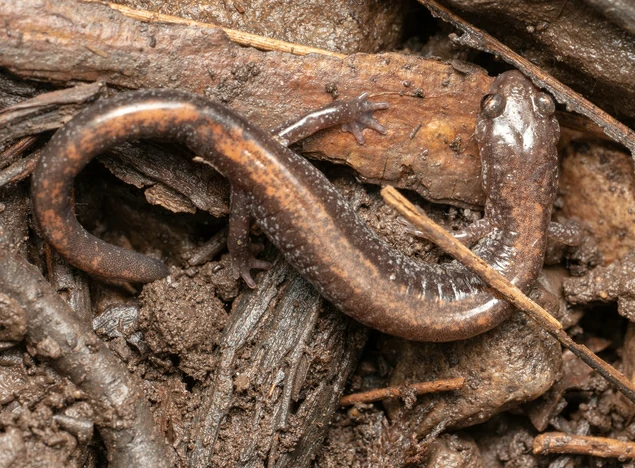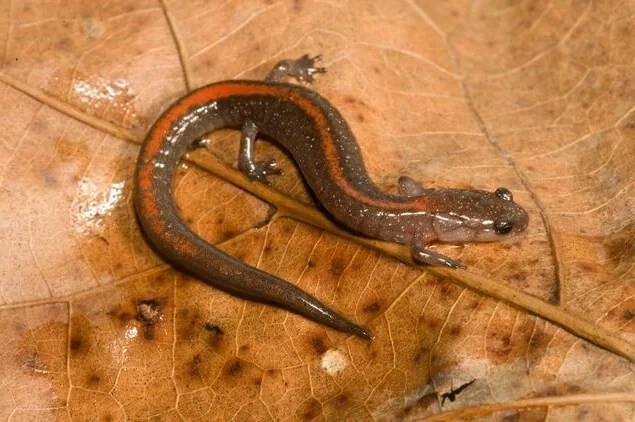Do Salamanders Change Colors? (Explained)
Salamanders are small, quiet creatures that often go unnoticed in the wild. But if you’ve ever watched one closely, you might wonder, can they really change color like chameleons? Salamanders can change color, but the changes are slow and subtle. They do it to help them blend in, to attract mates, or when they’re stressed. … Read more

